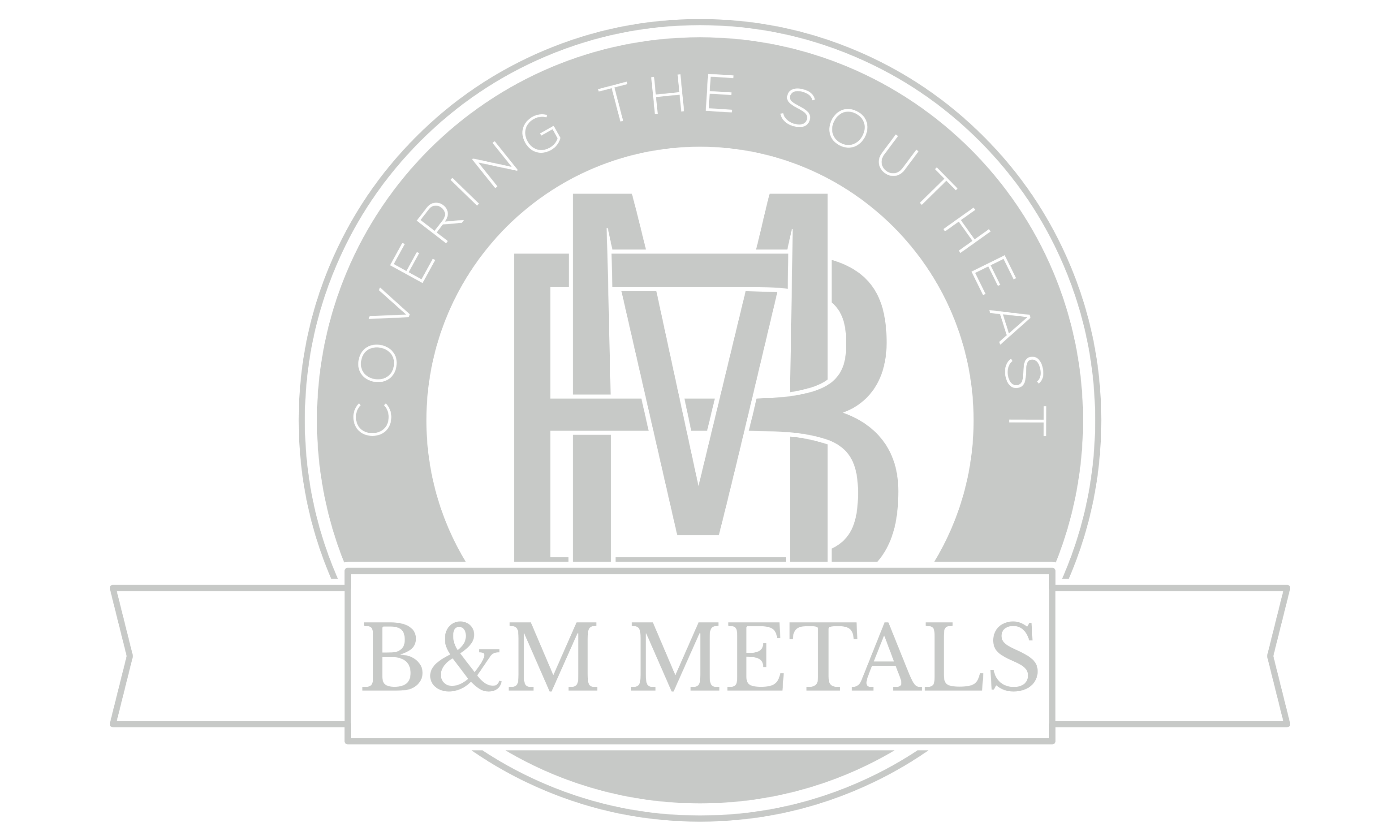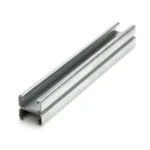When it comes to construction, light gauge metal framing (LGMF) is a superior alternative to traditional wood framing. One of its biggest advantages is durability—metal does not warp, shrink, or rot like wood, making it a more stable and long-lasting option. Additionally, LGMF is resistant to termites, mold, and fire, reducing the risks associated with organic materials.
Another major benefit of metal framing is its precision and consistency. Unlike wood, which can vary in quality due to knots and moisture content, metal studs are manufactured to strict specifications, ensuring uniformity and ease of installation. This leads to a more efficient building process with less waste and fewer structural issues over time.
Sustainability is another key factor. Light gauge steel is often made from recycled materials and can be recycled again at the end of its lifespan, making it an eco-friendly choice. Wood, on the other hand, contributes to deforestation and requires chemical treatments to prevent decay.
Finally, LGMF provides superior strength while being lightweight, allowing for larger, more open designs without compromising structural integrity. With its longevity, fire resistance, and sustainability, light gauge metal framing is the smart choice for modern construction.

